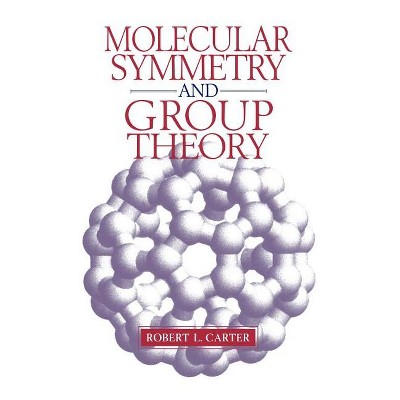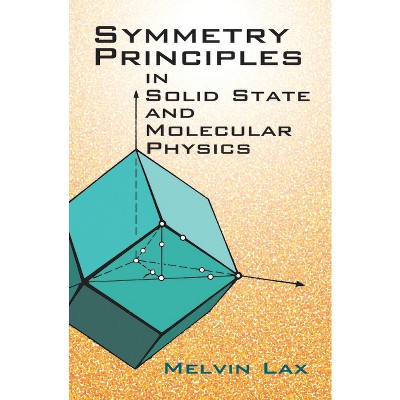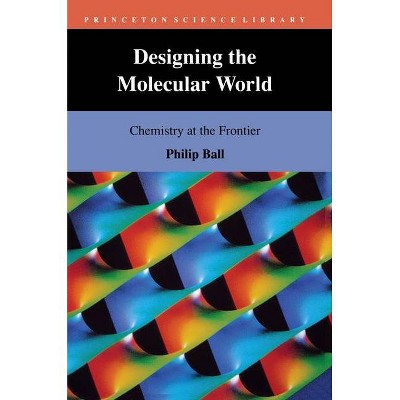Sponsored

Molecular Symmetry - by David J Willock (Paperback)
In Stock
Sponsored
About this item
Highlights
- Das gut verständliche Lehrbuch führt ein in die Grundlagen des Themas, also in die Symmetriepunktgruppen sowie in die Grundzüge der Wechselwirkung zwischen Licht und Molekül.
- About the Author: Dr David Willock, Department of Chemistry, Cardiff University, UKDr Willock is a lecturer in physical chemistry at Cardiff University.
- 448 Pages
- Science, Chemistry
Description
About the Book
An accessible introduction to symmetry and spectroscopy, this text examines symmetry in nature and chemistry, point groups, the interaction of light with molecules, electronic spectra of transition metal complexes with a final chapter on symmetry and the spectra of complexes.Book Synopsis
Das gut verständliche Lehrbuch führt ein in die Grundlagen des Themas, also in die Symmetriepunktgruppen sowie in die Grundzüge der Wechselwirkung zwischen Licht und Molekül. Behandelt werden überdies Elektronenspektren von Übergangsmetall- und anderen Komplexen.From the Back Cover
Molecular Symmetry
Symmetry and group theory provide us with a rigorous method for the description of the geometry of objects by describing the patterns in their structure. In chemistry it is a powerful concept that underlies many apparently disparate phenomena. Symmetry allows us to accurately describe the types of bonding that can occur between atoms or groups of atoms in molecules. It also governs the transitions that may occur between energy levels in molecular systems, leading to a predictive understanding of the absorption properties of molecules and hence their spectra.
Molecular Symmetry lays out the formal language used in the area, with illustrative examples of particular molecules throughout. It then applies the ideas of symmetry and group theory to describe molecular structure, bonding in molecules and to consider the implications in spectroscopy.
Topics covered include:
- Symmetry elements
- Symmetry operations and products of operations
- Point groups used with molecules
- Point group representations, matrices and basis sets
- Reducible and irreducible representations
- Applications in vibrational spectroscopy
- Molecular orbital theory of chemical bonding
Molecular Symmetry is designed to introduce the subject by combining symmetry with spectroscopy and bonding in a clear and accessible manner. Each chapter ends with a summary of learning points, a selection of self-test questions, and suggestions for further reading. A set of appendices includes templates for paper models which will help students understand symmetry operations and cover key aspects of the material in depth.
Molecular Symmetry is a must-have introduction to this fundamental topic for students of chemistry, and will also find a place on the bookshelves of postgraduates and researchers looking for a broad and modern introduction to the subject.
Review Quotes
"The work will prove to be a popular choice as a textbook or as an additional resource for group theory and advanced inorganic chemistry courses." (CHOICE, November 2009)
"A major strength of this book is its accessibility to the practically and conceptually minded chemist; the reader is led into the subject through strong visual presentation of the ideas and although the mathematics is by no means ignored, it is presented within an applied context." (The Higher Education Academy Physical Sciences Centre Reviews, May 2009)
About the Author
Dr David Willock, Department of Chemistry, Cardiff University, UK
Dr Willock is a lecturer in physical chemistry at Cardiff University. His research focuses on computer simulations and computational chemistry. He teaches courses in physical chemistry, group theory and solid state chemistry.
Shipping details
Return details
Trending Non-Fiction











